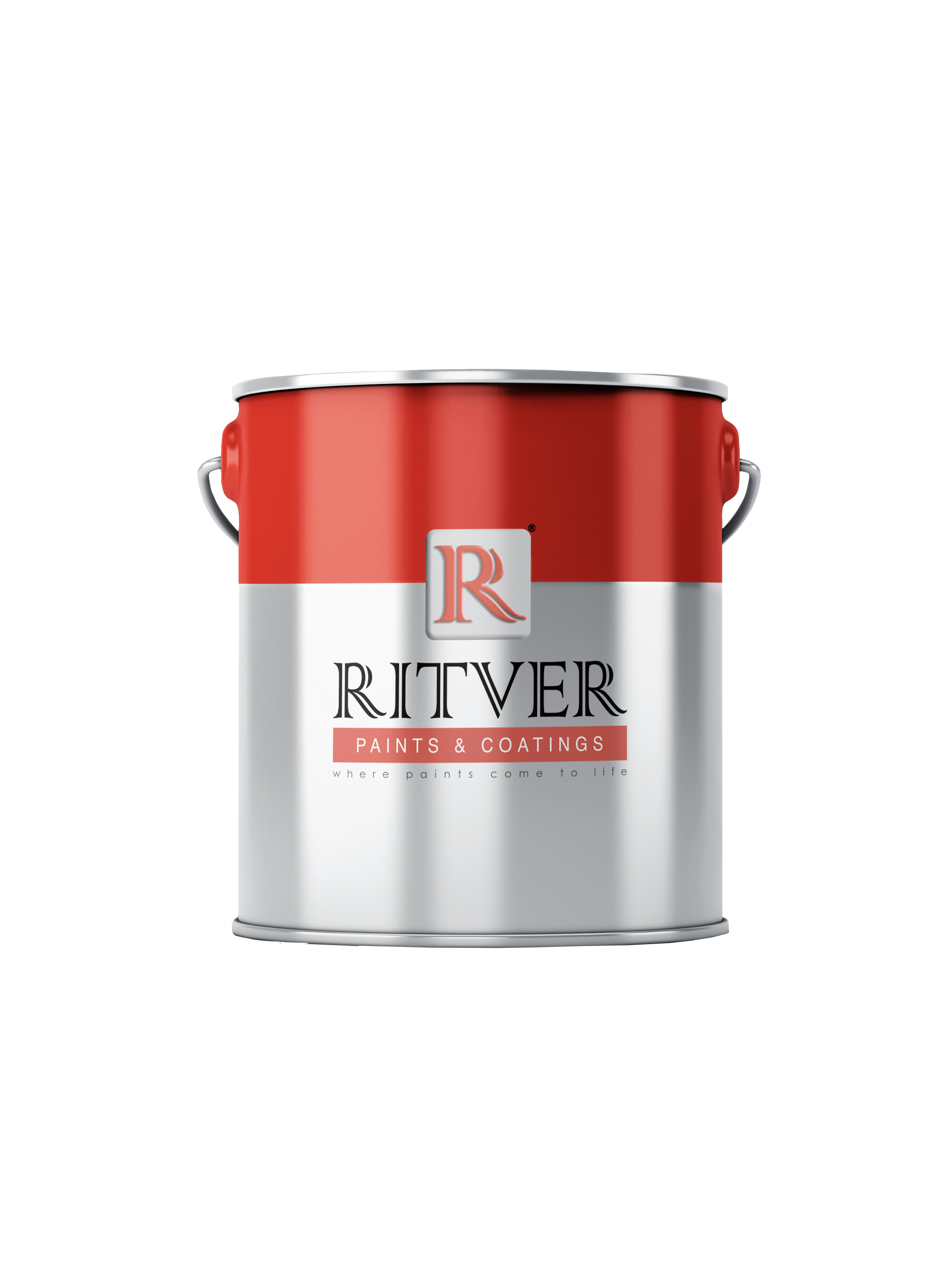PU WATER BASE CLEAR MATT FOR INTERIOR
Leed certified odorless waterborne Monocomponent polyurethane topcoat clear matt, provides top performance in terms of clearness, drying and hardness with excellent flow levelling, designed as finish coat on pieces previously treated with clear water based coat.
SKU: LEED1025X
-

Appearance
Matt -

Specific gravity
1.01 Kg/lit [±0.025] -

Weight Solids
36% [± 2] -

Visco. Ford 4/25°C
120 (±5) Sec -

Color
Transparent
- Description
- USES
- SURFACE PREPARATION
- PRODUCT PREPARATION
- APPLICATION METHODS
- CLEANING
- PACKING & STORAGE
- SAFETY & FLAMMABLE
Leed certified odorless waterborne Monocomponent polyurethane topcoat clear matt, provides top performance in terms of clearness, drying and hardness with excellent flow levelling, designed as finish coat on pieces previously treated with clear water based coat. [This product is following the LEED Certified EQ C4.2 as part of the rules 1113 for the architectural coatings, it has a Low VOC, water and exempt in the range of 25 g/l. Ritver LEED 1025X has a VOC of 24.5 g/l. Al Futtaim Exova, a third party laboratory has conducted the VOC test as per LEED requirement]
Suitable for the varnishing of Interior doors and furniture.
All timber species must be fully aged with a moisture content of less than 15%. The surface must be dry, clean and free from contaminations. Natural oil or gum must be removed by solvent
cleaning. We suggest a good sanding of the wood substrate before applying LEED10245 (sealer).
In case of stain applied, control the compatibility with stain used
Stir product well with a flat paddle. Thin to required viscosity. For details of spray equipment contact Ritver Technical Services Department.
Ready to use
Product ready for use. Eventually it is possible to dilute with water at 5-10% max.
Depends on the finishes required but in general an appropriate rate is between 130 gr / sq. m. The number of coats depends on the surface preparation the porosity of the substrate, and the finish required.
Following Treatments
By spray gun. The product is ready for use; in winter time it is not advisable to thin down the product but it is recommend to use the pre-heater set between 35°C and 45°C; in warmer times it is advisable to thin down the product from 5% up to 10% max. with water and to use the preheater at a max. temperature of 35°C. The product viscosity generally enables the application of 100-120 micron humid thickness without dripping; it is not advisable to apply higher thickness as film sanding and flow levelling would be impaired. Suggested nozzle: for airless 09 fixed or 015 adjustable at 4 atm/bar of pressure; for normal spray gun 2.0 mm. at 3.5-4 atm/bar of pressure. Check very carefully that the spray-gun does not show any trace whatsoever of solvent from previous applications. It is advisable to wash varnishing tools immediately after use.
After drying this product does not need any subsequent treatments.
NOTE
Avoid stacking directly on varnish.
Clean all tools and equipment immediately after use with water.
As waterborne varnishing have lesser resistance against aggressive chemical agents compared to traditional varnishes, we recommend to clean the piece with water and neutral detergent. Ammonia and/or alcohol base solutions can seriously damage the film. Should aggressive solutions be spilled such as liquors, and similar drinks and/or very hot beverages like coffee, tea
etc., we recommend to clean quickly the surface with cloth soaked in water.
Available in USG, 5USG.
Store in a cool and well ventilated place. Keep away from direct sunlight. Maximum 18 months in unopened container, stored in a cool and dry condition at 25°C.
Gluening:
Check the type of glue used before varnishing the pieces with waterborne products: glues having a holding value below B3, can cause the following problems:
-Breakaway of the veneering form the substrate, blistering and ensuing damage of the varnishing piece
-Pore raising
-Film bleaching caused by re- solubilization of the glue resins into the waterborne varnishing
Following coats
Comply with the drying time between the basecoat and the finish as pore raising may occur if pores are too much reduced
Blocking
The product is provided with good resistance against blocking: it is however a thermoplastic varnish, therefore it is necessary to evaluate each time storage and stacking conditions of the varnished piece avoiding the contact in between varnished
Tannin
Check very carefully the type of timber to varnishing. In fact oak, chestnut, iroko, niangon, meranti, cedar, and hard exotic timbers with large pore generally contain inhibiting substances, which tend to leak if you use varnishing reducible by water. This inconvenience does not occur always and therefore it is difficult to explain it or to find a really effective remedy. If many tannin leaks occur (small black cylindrical “vulcanoes”), we suggest to sand the surface and apply a new layer of finish.
This material is flammable and must not be exposed to naked flames.
Use only in well ventilated areas. In case of insufficient ventilation during application wear suitable respiratory equipment. Do not breathe vapor / spray. In case of contact with eyes rinse immediately with plenty of sweet water and seek medical advice. In case of contact with skin, wash immediately with soap and water or a recognized skin cleaner. Keep away from sources of ignition. No Smoking. Keep out of reach of children.



